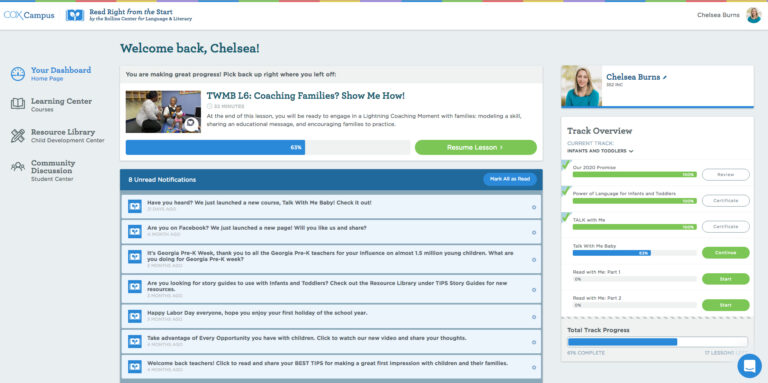My Cold Plum Lemon Pie Bluesy Mood START Read 1
This week’s book is My Cold Plum Lemon Pie Bluesy Mood by Tameka Fryer Brown. This first read focuses on explaining the key events of the story and pushing in target vocabulary.
My Cold Plum Lemon Pie Bluesy Mood START Read 2
This second read focuses on the character’s thoughts and feelings about the key events of the story and continues to push in target vocabulary.
Tying it Together
Throughout the week, engage in meaningful conversations around these words. Soon, you will notice them becoming a part of your students’ vocabulary!
Target Vocabulary |
Conversation Starters |
| Brooding-angry, can’t stop thinking about something | Remember how Jamie feels angry at his brothers when they tease him with hurtful words. He is brooding. He can’t stop thinking about what they did to make him mad. Have you felt like you were in a brooding mood- where you were angry and couldn’t stop thinking about something? Why? How did you get yourself out of that mood? |
| Fierce-to know and show your power | Remember how Jamie blocks the door. He is being fierce and showing his brothers his power. His brothers are older and stronger, but he is feeling powerful! He is not backing down. Why do you think he feels this way? |
| Mood- How you feel, feelings/emotions | Remember how Jamie’s mood, his feelings and emotions, changes throughout the book? Different things make him feel different feelings and put him in different moods. Think of a time your moods changed. Why did your mood change? How did you feel? |
Progress Monitoring
After hearing the first two reads, let your students tell you the story of My Cold Plum Lemon Pie Bluesy Mood and show what they’ve learned! Say to your students, “This week we heard a story about Jamie and how his mood changed throughout the day. Remember how different colors represented his different moods, how he was feeling. Now that you know it so well, you get to tell the story!”
As your students talk about the story, ask them open-ended questions about what happened and how the character felt. Lead a conversation about the story. Prompt your class with open-ended questions to discuss the story. Be intentional in the questions you ask to try and pull-out target vocabulary and rich, complex language. Always acknowledge their answer and expand on it by using longer, complex sentences with tier 2 vocabulary. Click here to review the TALK strategy and how you can have engaging conversations around the book.
Example: Remember how Jamie’s brothers made him angry and he was brooding over how they treated him, he couldn’t stop thinking about it. But then his mood changed, and we see all the hearts coming out of Jamie. How does Jamie feel about his brothers? Why?
Use our START Ladder Safety Nets and START Checklist resources to help you tune-in to your students during story reads. This will help you best support your students’ language development.
Path Pointer
Building a Virtual Classroom Community: Be Yourself
Watch Justin talk about the importance of being yourself when you interact with your students virtually.
Phonological Awareness: Same and Different
The last several weeks we’ve worked on syllable awareness. Before moving on to our next skill, we will spend some time this week helping to make sure your students understand the words “same” and “different” starting with pictures or objects and moving towards spoken language.
| Prerequisite | Example |
| Discriminate between the meaning of same and different using concrete objects |
|
Understanding Same and Different (listening)
|
|
Alphabet Knowledge: Letter Recognition
Use our Tips For Teaching Alphabet Knowledge Blog to support your students in learning this week’s focus letters.
Focus Letters this week: A, J, and X



